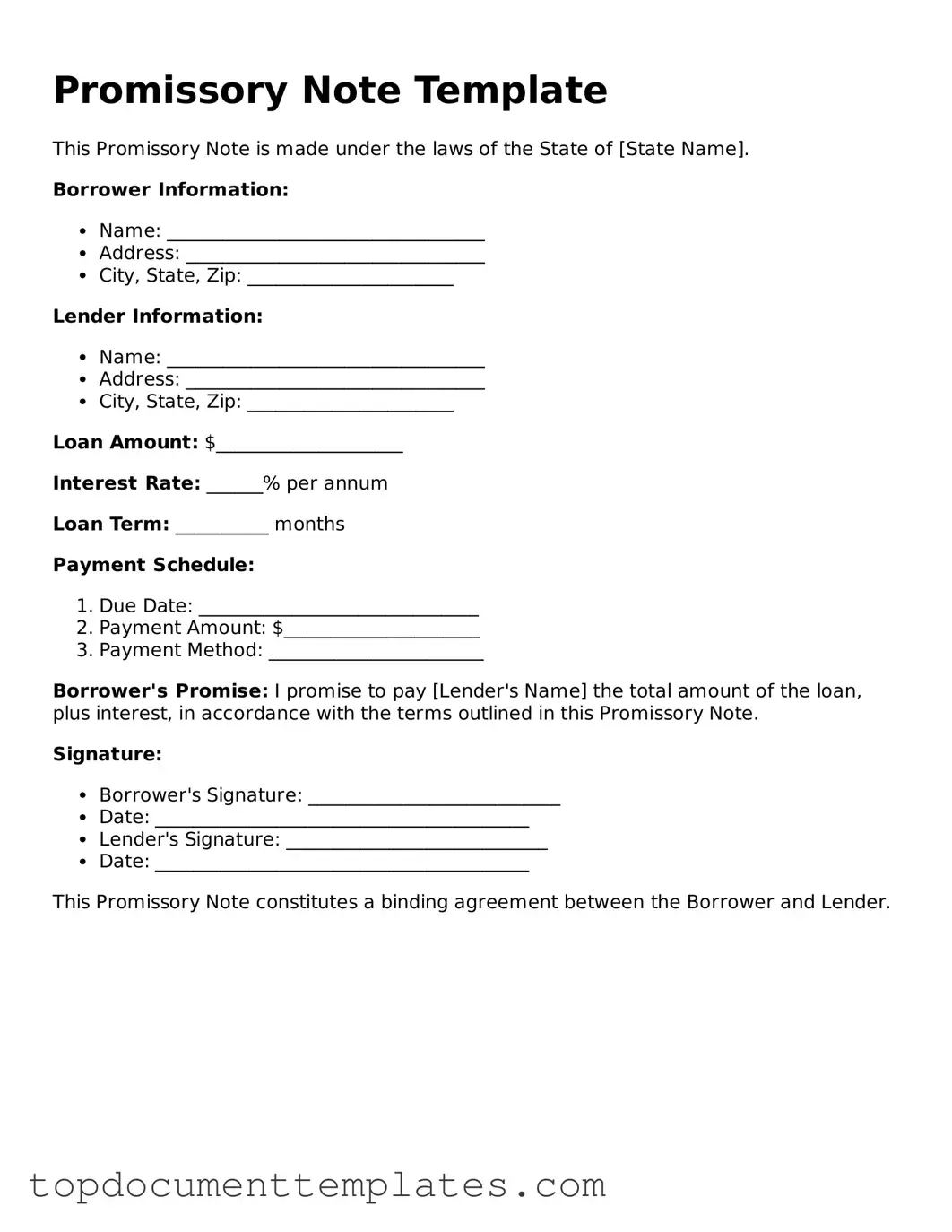Official Promissory Note Template
A Promissory Note is a written promise to pay a specified amount of money to a designated person or entity at a future date or on demand. This simple yet powerful document outlines the terms of a loan, including interest rates and repayment schedules. Understanding how to properly fill out this form is essential for both lenders and borrowers—start by clicking the button below to get started.
Open This Form
